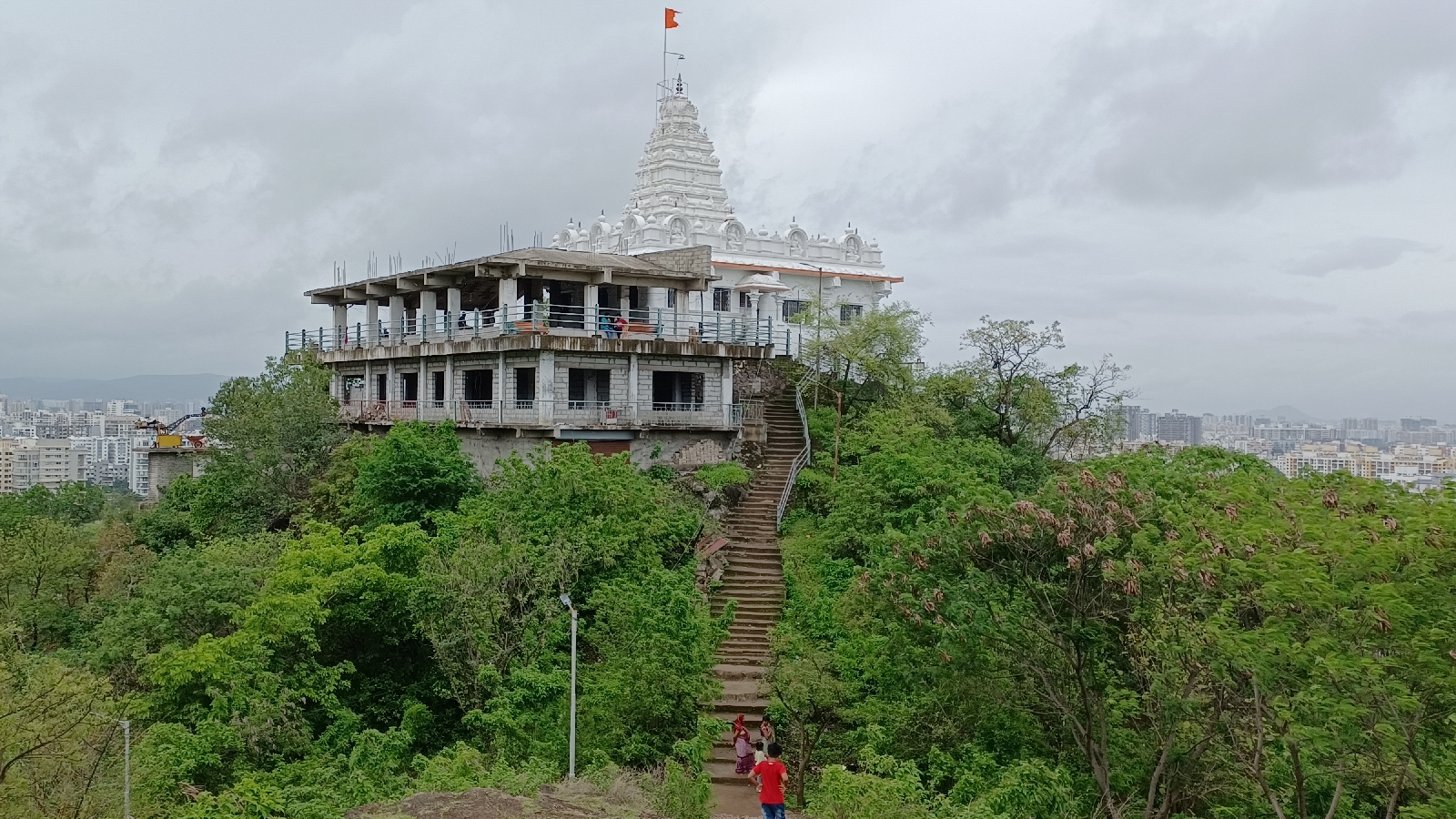Quick Refresh : JDK, JRE, JVM Architecture
Quick Refresh: JDK, JRE, JVM Architecture

Java Runtime Environment (JRE) is an implementation of the JVM.
Java Development Kit (JDK) contains JRE along with various development tools like Java libraries, Java source compilers (javac), Java debuggers, bundling and deployment tools.
JVM (Java Virtual Machine) Java Virtual Machine (JVM) is an abstract computing machine. JVM becomes an instance of JRE at runtime of a java program. It is widely known as a runtime interpreter. The Java virtual machine (JVM) is the cornerstone on top of which the Java technology is built upon. It is the component of the Java technology responsible for its hardware and platform independence. JVMs are available for many hardware and software platforms (i.e.JVM is platform dependent). JVM largely helps in the abstraction of inner implementation from the programmers who make use of libraries for their programs from JDK.
Sun’s implementations of the Java virtual machine (JVM) is itself called as JRE. Sun’s JRE is available as a separate application and also available as part of JDK. Sun’s Java Development Tool Kit (JDK) comes with utility tools for byte code compilation “javac”. Then the execution of the byte codes through java programmes using “java” and many more utilities found in the binary directory of JDK. ‘java’ tools forks the JRE. Implementation of JVMs are also actively released by other companies besides Sun Micro Systems.

The JVM performs four main tasks:
Loads code
Verifies code
Executes code
Provides runtime environment
JVM provides definitions for the:
Memory area
Class file format
Register set
Garbage-collected heap
Fatal error reporting etc.
Internal Architecture of JVM
Let's understand the internal architecture of JVM. It contains classloader, memory area, execution engine etc.
1) Classloader: Classloader is a subsystem of JVM that is used to load class files.
2) Class(Method) Area: Class(Method) Area stores per-class structures such as the runtime constant pool, field and method data, the code for methods.
3) Heap: It is the runtime data area in which objects are allocated.
4) Stack: Java Stack stores frames.It holds local variables and partial results, and plays a part in method invocation and return. Each thread has a private JVM stack, created at the same time as thread. A new frame is created each time a method is invoked. A frame is destroyed when its method invocation completes.
5) Program Counter Regiser: PC (program counter) register. It contains the address of the Java virtual machine instruction currently being executed.
6) Native Method Stack: It contains all the native methods used in the application.
7) Execution Engine: It contains:
1) A virtual processor
2) Interpreter:Read bytecode stream then execute the instructions.
3) Just-In-Time(JIT) compiler:It is used to improve the performance.JIT compiles parts of the byte code that have similar functionality at the same time, and hence reduces the amount of time needed for compilation.Here the term "compiler" refers to a translator from the instruction set of a Java virtual machine (JVM) to the instruction set of a specific CPU.



Comments
Post a Comment